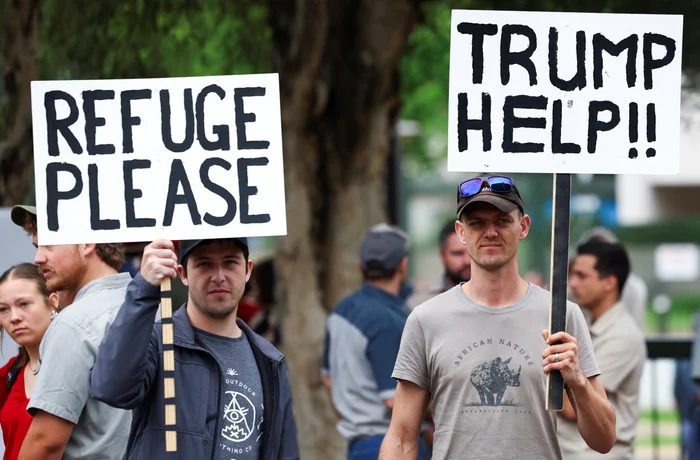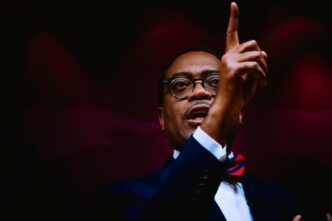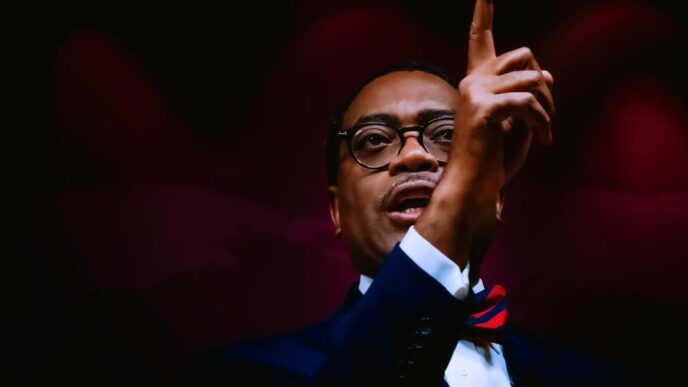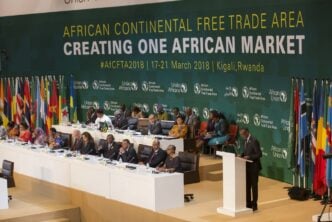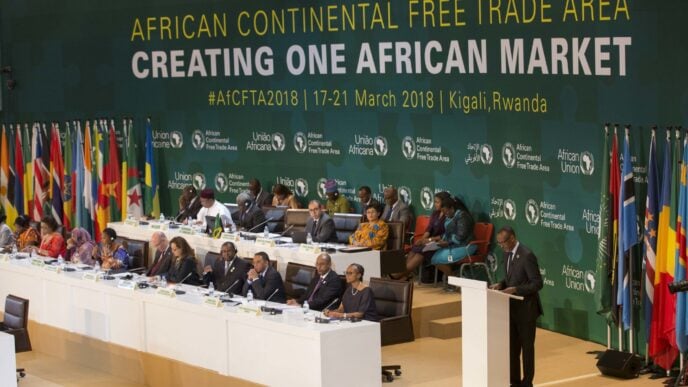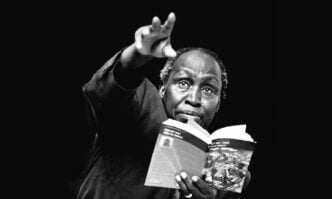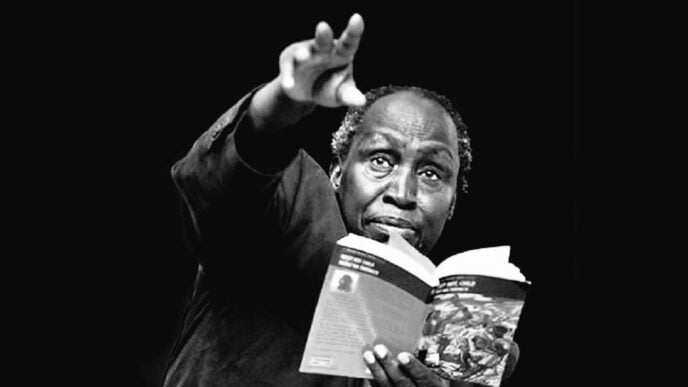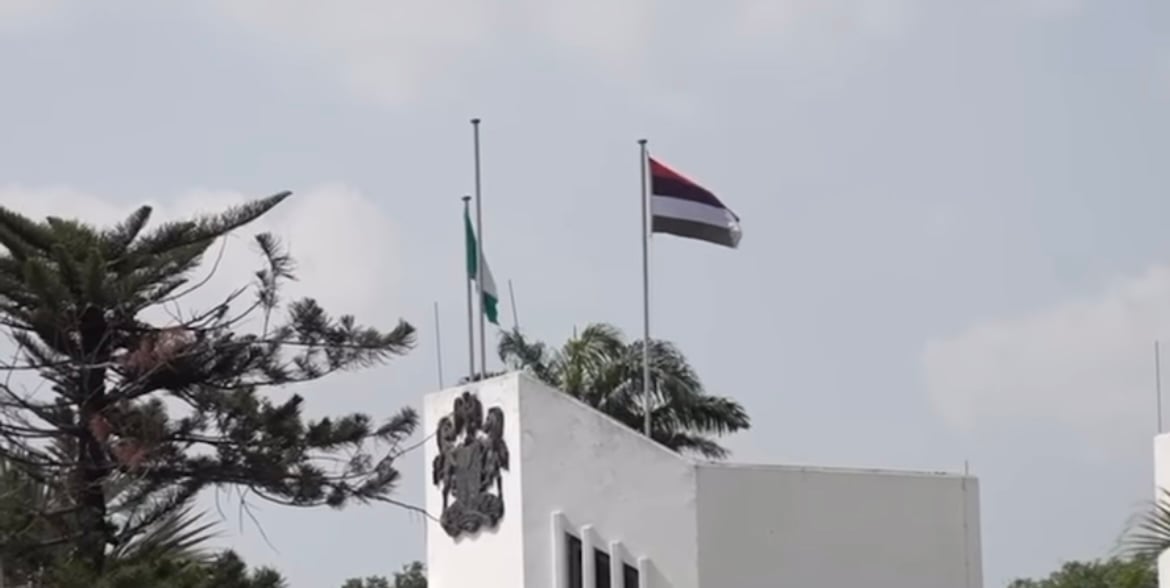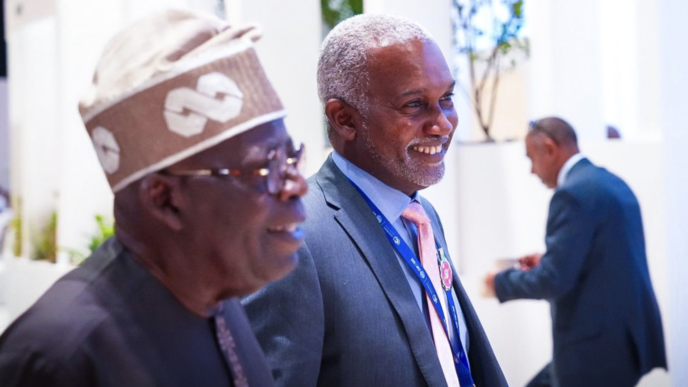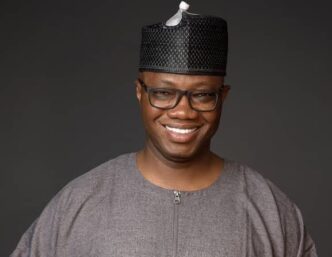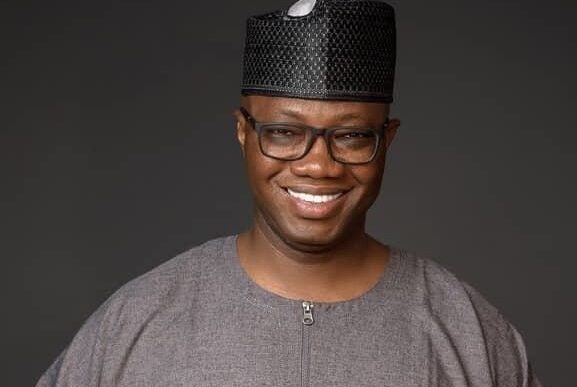BY HAKEEM SULE
It was a friendly comportment for President Cyril Ramaphosa of South Africa in a meeting with President Donald Trump at the Oval Office on 21 May 2025, while presenting the direction towards strengthening diplomatic and trade ties with the United States (US). Present at the meeting were a number of President Trump’s cabinet members, South African delegates, and some White House correspondents. The ambience of the Oval Office was initially affectionate with President Ramaphosa reeling out his interests in post-Biden US-South Africa ties, while expressing his happiness about bringing on board two renowned golf legends, Ernie Els and Retief Goosen, to diplomatically appease President Trump, based on his long-time stint with golf.
In a usual emotional overload that is typical of President Trump’s attitude towards dressing down world leaders as it was for President Volodymyr Zelensky’s visit to the Oval Office in February 2025, a diplomatic rift abruptly ensued during the meeting between President Trump and President Ramaphosa. President Trump mentioned death three times and later ordered the playing of a video, which shows the leader of the Economic Freedom Fighters (EFF), Julius Malema, in a rally saying, “kill the Boars, the famers (Afrikaners).” The video also shows a footage from a 2020 memorial procession of white farming couple who were murdered on their premises, which was rebranded as a tale for President Trump’s disinformation of white genocide in South Africa.
In view of the understanding of President Ramaphosa’s dexterity in managing diplomatic rows, with reference to his involvement in negotiating an end to apartheid in South Africa, the atmosphere at the Oval Office calmed as he tactically explained the exhibited circumstances in President Trump’s video. He explained that the multi-party democratic presidentialism of South Africa allows multiplicity of views, such as the one expressed by the leader of EFF as distinct from the policy of his party, African National Congress (ANC), and the other parties in his government of national unity, which include Democratic Alliance (DA), Inkatha Freedom Party (IFP) and Patriotic Alliance (PA).
Advertisement
In addition to dismissing the myth of white genocide in South Africa, the legend-in-golf Elnie Els and billionaire tycoon Johann Rupert enlightened President Trump and US audience about the enduring challenges of crime in South Africa, which they claim is widespread across races and not specific to white Afrikaners. In this context, Johann Rupert further sought Starlink satellite imaging surveillance technology from Elon Musk’s SpaceX, seeing it as suitable for detecting the potential for crime before it is being committed.
Turning to avoiding the consequences of the 30% tariff imposed on South African exports under President Trump’s tariff war and the suspension of critical aids to the country, Ramaphosa’s visit to Washington was timely, considering US as South Africa’s second largest trading partner after China. Only in 2024, according to the United States Trade Representative (.gov), the total goods trade between US and South Africa was $20.5 billion, and South African exports to the US were $14.7 billion while US exports to South Africa were $5.8 billion, with a significant trade deficit of $8.9 billion for the US against South Africa.
In addition to this balance of trade advantage for South Africa, there are over 600 US companies operating in the country, providing almost 150,000 jobs. If President Ramaphosa’s visit to Washington normalises US-South Africa ties, there would be more capital inflows into South Africa, particularly foreign investment, with a prospect to reduce economic inequality and the recurrent crime in the country.
Advertisement
Therefore, in its interpretation, Ramaphosa’s ambush at the Oval Office under a mythical information of white genocide and the previous diplomatic expulsion of South African ambassador to the US, Ebrahim Rasool, were seen by critics as Elon Musk’s conspiracy hypothesis towards preserving apartheid history of land holding against the country’s land expropriation law ahead of the 20th Heads of State and Government Summit of the Group of 20 (G20) in November 2025 in South Africa. Further, Musk’s conspiracy hypothesis is seen as being amplified by President Trump’s executive order on 7 February 2025 to resettle the white Afrikaners as refugees in the US over the purported claim of crime of genocide against them.
Preceding the Oval Office meeting, President Trump administration has been critical of South African genocide case against Israel at the International Court of Justice (ICJ), which might be seen as a bargaining chip for diplomatic negotiations. Given the case at the ICJ, South Africa is a signatory to the Genocide Convention since 10 December 1998, which positions the country to oppose an act of genocide anywhere in the world, specifically based on its solidarity with the Palestinian people. It was, thereafter, much clearer to the audience at the Oval Office meeting and global observers after the South African delegates had spoken that the myth of white genocide in South Africa turns out to be a realism of the threats of crime created by economic inequality, which has, consequently, led to the rise of radical parties like EFF and uMkhonto we Sizwe Party (MK) founded by former president Jacob Zuma.
In their origin, in essence, these radical parties are concerned with redressing the economic imbalance of the past, seeking a constitutional shift towards equitable distribution of the country’s resources. The 2024 data estimates from the World Fact Book reveal that the population of white Afrikaners is about 7.8% of the entire 60.5 million South African population. Other supplementary data confirm that white Afrikaners control about 73% of South African land, including other key sectors of the economy.
It is important to highlight that the segregationist system of apartheid that was largely formalised by the colonial Dutch settlers in 1948 facilitated this illegal acquisition of land and other economic resources from the majority black population. After the end of Apartheid in 1994 and following the all-inclusive racial democratic election, which brought ANC to power with Madiba Nelson Mandela as the first elected non-white president, critics believe that much of the remnants of Apartheid socio-economic order continue to deny majority of black South Africans access to lands, resources, education, and economic opportunities.
Advertisement
During the build up to the withering of Apartheid regime in South Africa under Frederik de Klerk, there was inadequate plan to dismantle the prevailing white dominated socio-economic order. The multi-party discussions that led to the signing of the 1991 National Peace Accord (NPA) and the subsequent talks after the founding of the multi-party Convention for a Democratic South Africa (CODESA) in the same year ended in a deadlock over regional autonomy, political and cultural self-determination, racial reconciliation, and constitutional making process. There was, though, an agreement for a political transition, which underscores the global pressure to end apartheid in South Africa, with significant supports from the union of Pan African leaders.
But, since the post-apartheid era, the demand for land expropriation without compensation (EWC) has been a political expediency for black dominated parties, with a strong opposition from the white dominated DA. And, in fact, the pursuit of EWC is mirrored in the 2001 ANC policy of Land Redistribution for Agriculture Development (LRAD), implemented to facilitate the redistribution of agricultural lands to disadvantaged black, coloured, and Indian population. But the policy faced significant challenges in terms of the approach, speed, and sustainability of its goals.
To summarise as previously noted, the question of land redistribution remains contentious amongst the various groupings across the country as President Ramaphosa has signed into law an Expropriation Bill in January 2025, which allows the government to expropriate privately owned land under exceptional circumstances for public purposes or in public interest. The constitutionality of this law is being challenged by DA at the Western Cape High Court, requesting the protection of property rights regardless of race, which is the reality of white discontentment in South Africa and not the alleged white genocide.
The genocide that seems most realistic at the centre of South African foreign policy is the genocide in Gaza, with the US made Boeing Joint Direct Attack Munition (JDAM) being used by the Israeli Occupied Forces (ICF) to accurately annihilate every human element— babies, children, adult, and elderly, in addition to the crime of starvation against the Palestinian people.
Advertisement
The genocide in Gaza suggests the need to shift attention from the logically flawed allegation of white genocide in South Africa to the $12 billion worth of US arms sales to Israel this year, despite the provision of the Arms Export Control Act (AECA) and Foreign Assistant Act (FAA) to prevent the supply of US made weapons towards committing international humanitarian disaster, such as the ongoing war in Gaza.
In view of the myth of white genocide in South Africa, President Trump’s disinformation tends to give significance to the hitherto dismissed Daniel Ellsberg’s madman hypothesis, which is a political psychology that personifies the coercive bargaining of President Trump’s approach to international relations to gain leverage in confrontation with his perceived US adversaries.
Advertisement
And, as horrible as it is, therefore, a paradox of a self-acclaimed man of peace has just unveiled a $175 billion worth of Lockheed Martin’s “Golden Dome”—a space-based-interceptors and hypersonic defensive system, with implications for re-inventing the arms race or the Cold War.
Hakeem Sule, PhD, is an independent researcher and adjunct lecturer at the Department of Public Administration, Federal University Oye-Ekiti, Ekiti State. He can be contacted via [email protected]
Advertisement
Views expressed by contributors are strictly personal and not of TheCable.
